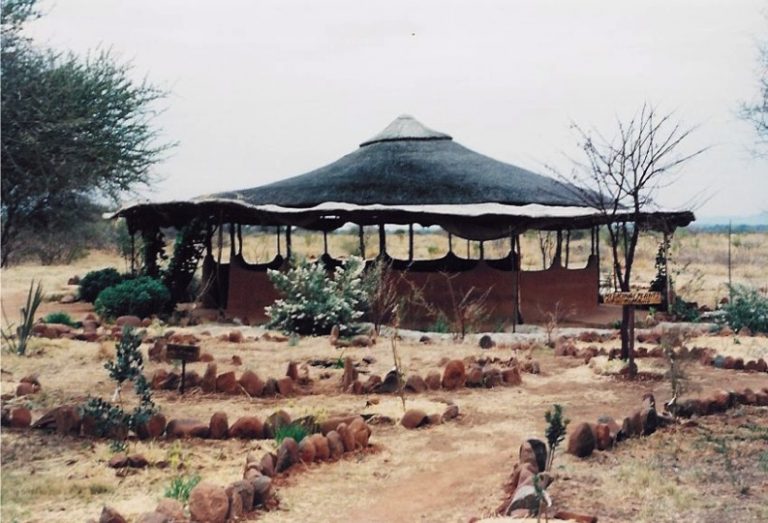Conservancies in Gauteng and North West will form the Buffer Zone in the Magaliesberg Biosphere. These voluntary association of land owners, land users and residents are an important component in the Magaliesberg Biosphere.
What is a Conservancy?
A conservancy is a vehicle for community-based conservation where land owners and users decide to cooperatively manage their natural resources in an environmentally sustainable manner. Community-based conservation runs alongside existing land-use and is the first level of formalised conservation. Conservancies are registered by provincial Nature Conservation Authorities, or by a self-governing regional association.
What is the role of Conservancies in the Biosphere?
Conservancies play a vital role in the Magaliesberg Biosphere by expanding the areas where conservation practices apply.
The core areas of the biosphere have formal, legislated protection – Cradle of Humankind, Kgaswane Nature Reserve and the Magaliesberg range.
The conservancies are a Buffer around the Core. An ethos of stewardship exists within Conservancies, and members actively promote and build awareness of the natural environment.Individual conservancies determine among their members the most sustainable approach to environmental practices and conservation within the conservancy.
Do Conservancies advantage the community and region?
Typical benefits to the community include:
Awareness programmes and dissemination of relevant information assists communities to implement more sustainable practices; in the long term these practices may have an economic benefit too.
Many conservancies report that it is the sense of community which goes with a conservancy that is most valuable. Often other community based initiatives are instigated or promoted through the conservancies – e.g. community policing forums, eco-schools, water/wetland forums, recycling programmes, fire protection associations.
Security may be improved on the farms and reserves, in particular through the sense of community and greater awareness of the general environment.
Collaborative efforts – such as in controlling invasive aliens – promotes cost savings, more effective use of resources and tends to improve the success rate of these interventions.
Benefits to the region may include:
The improved conservation of indigenous fauna and flora, support the protection of biodiversity. Biodiversity provides economic benefits, protects human health and safety, and offers recreational or aesthetic enjoyment. Our quality of life depends on maintaining the rich biodiversity we have.
Conservancies create linkages with formally protected areas and may enable migratory corridors which are significant in the response to climate change.
Particular attention to the management of environmental assets assists in conserving valuable ecological processes. The cost of engineering and providing these ecological services is generally far greater than conserving the natural processes.
As conservancies promote awareness of the environment and the laws and policies which serve to protect the environment, they are well-placed to fulfil a monitoring role. In this role conservancies are able to report environmental transgressions, preventing further degradation or destruction.
Where are these conservancies?
The map of the Magaliesberg Biosphere indicates the location of the existing conservancies. The first conservancy was established in 1987, and the most recent, this year.
Future editions of this newsletter will profile Conservancies active within the Magaliesberg Biosphere, their people and their projects.





